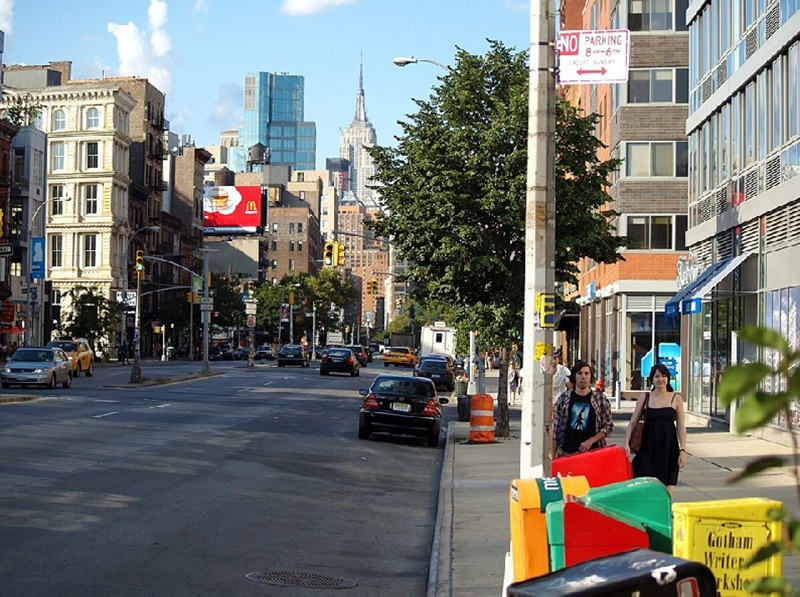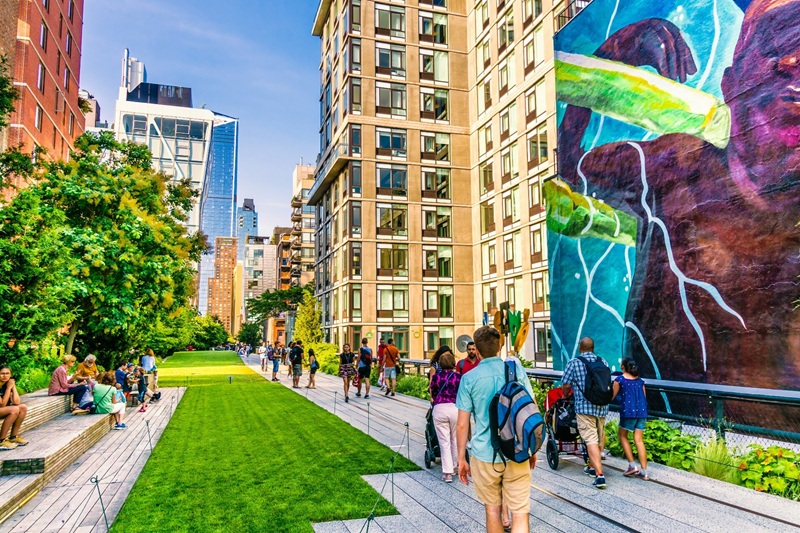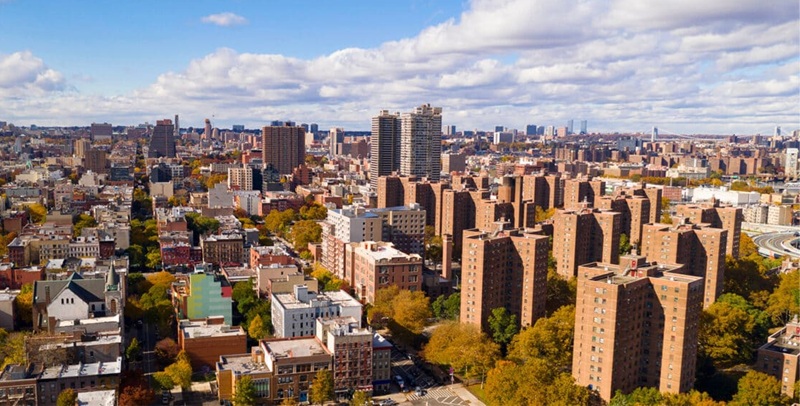
The Bowery, one of Manhattan‘s oldest streets, holds a significant place in the history and cultural evolution of New York City. Stretching from Chatham Square in the south to Cooper Square in the north, the Bowery is deeply intertwined with the development of New York as a metropolis. Over the centuries, the street has evolved from a rural path into a vibrant center for the arts, nightlife, and countercultural movements.
Origins and Early History
The name “Bowery” is derived from the Dutch word bouwerij, meaning “farm” or “farmstead.” In the 17th century, the area that became the Bowery was part of the farmland owned by Peter Stuyvesant, the last Dutch director-general of New Amsterdam, the colony that later became New York. The street was originally a rural road connecting the farmland to the southern tip of Manhattan.
As the city expanded in the 18th and 19th centuries, the Bowery transformed from a simple path into a major thoroughfare. By the early 19th century, the Bowery was becoming known for its working-class residents, who lived in a mix of tenements and row houses. It was also becoming a hub for commerce, with numerous shops, theaters, and businesses opening along the street.
The Bowery in the 19th Century
During the 19th century, the Bowery became notorious for its vibrant street life, which was at once exhilarating and gritty. It was a melting pot of immigrants—particularly Germans, Irish, and later Italians—who worked in factories, shops, and as laborers. The street was known for its lively entertainment options, including the famous Bowery Theater, which opened in the early 1800s and became one of the most prominent venues for popular performances.
However, as industrialization took hold, the Bowery also gained a reputation as a place of vice and decadence. The street became known for its saloons, cheap hotels, and opium dens. By the late 19th and early 20th centuries, the Bowery was considered a rough part of town, notorious for its association with poverty, crime, and vice.
The Decline and Rebirth
In the mid-20th century, the Bowery underwent a significant decline, as many of its businesses and theaters closed or moved out of the area. As the city grappled with postwar urban decay, the Bowery became home to a large population of homeless individuals and a gathering place for drug users and criminals. Despite its challenges, the street maintained its bohemian spirit, attracting writers, artists, and musicians who lived in its cheap, deteriorating lofts.
The rise of punk rock in the 1970s and 1980s brought new attention to the Bowery. The neighborhood became a key location for the burgeoning punk scene, with venues like CBGB (which opened in 1973) serving as a launchpad for some of the most influential punk bands, including the Ramones, Patti Smith, and Television. The street’s cultural significance grew during this period, and it became synonymous with underground music and counterculture.
Gentrification and Modern-Day Bowery
In recent decades, the Bowery has seen a dramatic transformation. As real estate prices in Manhattan have skyrocketed, gentrification has reshaped the area. New luxury condos, upscale restaurants, and boutique hotels have replaced many of the dilapidated buildings that once characterized the street. The iconic Bowery Poetry Club and other cultural institutions have managed to survive, maintaining a connection to the street’s artistic legacy.
The Bowery also remains a center for New York’s vibrant street art scene, with murals, graffiti, and public art installations continuing to adorn its walls. Yet, despite the changes, there is still a sense of the street’s rich history—a reminder of the laborers, immigrants, artists, and rebels who once made it their home.
Conclusion
The Bowery’s evolution reflects the broader changes in New York City itself. From its humble beginnings as farmland to its role as a symbol of urban decay and artistic rebellion, the street remains a microcosm of New York’s resilience and ability to reinvent itself. Whether as a center for vice or a birthplace of artistic innovation, the Bowery continues to be one of Manhattan’s most fascinating and multifaceted streets. Its ongoing transformation ensures that it will remain a significant part of the city’s narrative for years to come.

